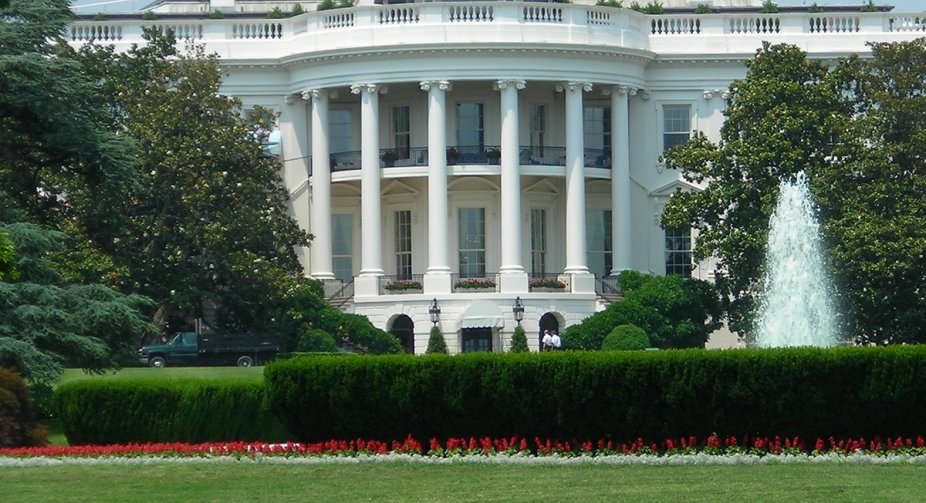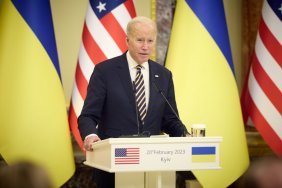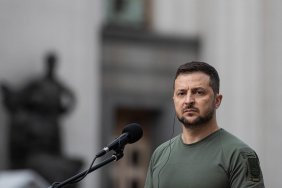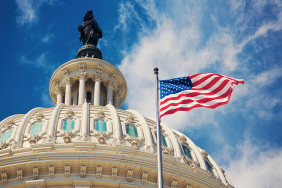The White House has said that Ukraine now continues to receive military aid under programs that do not involve a refund for the aid received, and that the lend-lease will begin to be applied later.
This is reported by the Voice of America.
At the request of the newspaper, the White House commented that they are now prioritizing the formats of aid to Ukraine, under which it will not have to return the funds later, unlike the lend-lease. These are USAI (Ukraine Security Assistance Initiative) and the Presidential Powers program, and all recent arms deliveries have been through them.
The Biden administration is currently using a $40 billion package, more than half of which is earmarked for military aid and related expenses. These funds need to be spent by the end of the U.S. fiscal year, which falls at the end of September.
John Kirby, coordinator of the U.S. National Security and Strategic Communications Council, added in an interview with the Voice of America that the administration is still reviewing the authority provided by the lend-lease program.
"We are grateful to Congress for this piece of legislation. It was passed on a bipartisan basis, and it's a clear indication of how much members of Congress appreciate the support we've given Ukraine and want to make sure we can continue to do that," John Kirby said.
Recall that Biden signed the Lend-Lease Act for Ukraine on May 9. The Lend-Lease Act, among other things, expands the U.S. president's authority in agreements to supply military aid to Ukraine and effectively allows military equipment to be loaned or leased under simplified export control procedures.
It allows the White House to provide weapons, equipment, ammunition, and dual-use products to Ukraine under expedited procedures, i.e., without waiting for a special appropriation from the U.S. Congress.
Until 2022, the lend-lease program last operated during World War II, when the United States provided aid to the opponents of Nazi Germany, primarily the United Kingdom and the Soviet Union.






